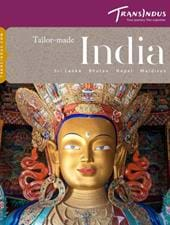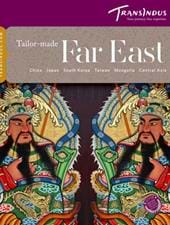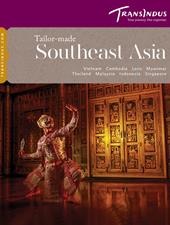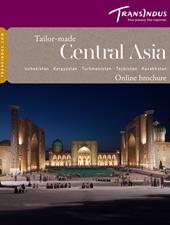India’s Adivasi communities - its original forest peoples - represent some of the subcontinent’s oldest living cultures.
Shaped by mountains, rivers, forests and ancestral cosmologies, more than 700 tribes preserve traditions, languages and ecological knowledge that have endured for millennia. These are not static societies but living civilisations, offering travellers rare insight into ways of life rooted in harmony with nature, communal resilience and ritual continuity. Many of their homelands are now protected by law, recognising the significance of their knowledge systems and the fragility of the environments they steward.
Nowhere is this heritage more vivid than in Odisha, home to 62 tribal groups whose customs animate the forests and foothills of the Eastern Ghats. Among them, the Khond are the most widespread, known for festivals and earth-centred rituals that honour the spirits of land and lineage. High in the Niyamgiri Hills, the Dongria Kondh maintain an even more intimate bond with their sacred landscapes, living in remote, terraced hamlets and largely keeping to themselves. They step briefly into the wider world during weekly haats, and festivals when they descend to small towns - most famously the Chatikona market and the Chhau festival, in full traditional dress and carrying the forest’s bounty in handcrafted baskets. For travellers, these markets offer a respectful and unforgettable glimpse into Odisha’s deep indigenous heart.









